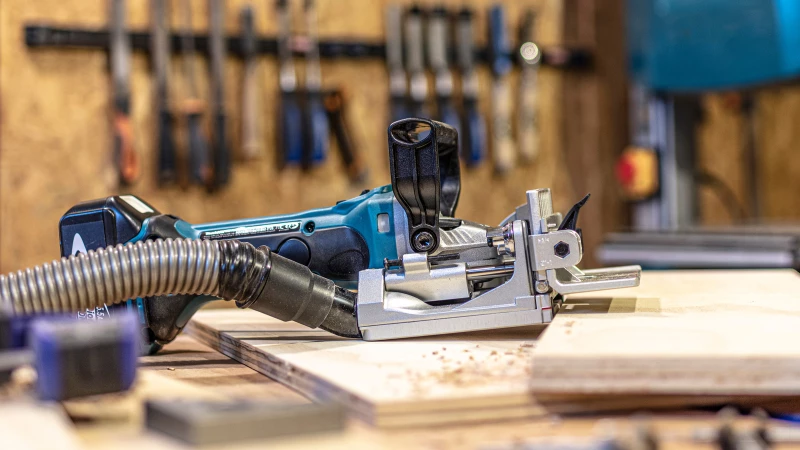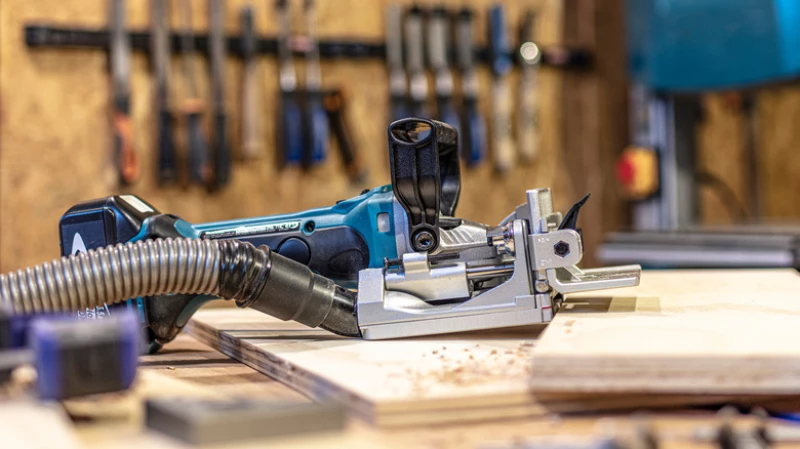If you're a chef, you understand the importance of having the right utensils for the job. These specialized tools go beyond the basic kitchen essentials that every home cook should have, like knives and cutting boards. One of the key specialty items you might want to add to your collection is a sous vide machine, a must-have for those who want to cook food to perfection by precisely controlling the temperature of the water bath.
Is investing in a sous vide machine worth it for most home cooks? These machines can range in price from $50 to $200 on Amazon, but the benefits they offer can't be replicated by traditional cooking methods. Some people use them frequently to achieve restaurant-quality results, making it a valuable addition to their kitchen arsenal. However, for those who prefer simpler cooking techniques, a sous vide machine may be an unnecessary gadget.
People who often engage in woodworking projects that do not require a high level of stress on the joints may find a biscuit joiner to be a useful tool. Tasks such as constructing drawers and boxes can greatly benefit from the use of this specialized tool. The biscuit joiner creates quick, simple, seamless, and smooth joints. However, since similar grooves can be made using other tools like a router, individuals may need to evaluate if investing in a biscuit joiner is necessary.
Reasons you may want to purchase a biscuit joiner tool
If you regularly work on building and repairing drawers or lightweight cabinets, a biscuit joiner tool can simplify the task. While a finish nailer could be used for drawer construction, the biscuit joiner method eliminates visible nail holes, allowing the natural beauty of the wood to shine without distractions.
The biscuit joiner tool enhances the speed at which you can join pieces of wood compared to other methods like dowels which do not involve nails. This efficiency is beneficial for individuals frequently engaging in this type of work, making the purchase of a biscuit joiner a worthwhile investment. While some may opt for dowels to connect boards without nails, the process is more time-consuming and often requires additional steps to create perfectly straight holes in woodworking projects.
Benefits of Using a Biscuit Joiner Tool for Woodworking Projects
One of the key advantages of the biscuit joiner tool is its exceptional precision. It guarantees that the biscuit joint is always positioned perfectly, ensuring a seamless finish. Unlike more complex tools like routers, the biscuit joiner is user-friendly and allows for precise cuts without requiring extensive training.

However, it's important to note that the biscuit joiner may not be the best investment for everyone. Individuals who frequently work on large-scale projects such as building fences or wall framing may not find the tool as useful. For such projects, traditional fastening methods like screws or nails are often more efficient and practical, especially when the nail holes don't need to be concealed.
Additionally, projects that involve heavy stress on the joints are not suitable for biscuit joinery. This method is more appropriate for lighter-duty applications like drawer construction, where minimal stress is expected.
Furthermore, biscuit joiners are better suited for working with softwoods and plywood rather than hardwoods like oak or walnut. They are not designed to cut through materials like plastics or metal, which further limits their versatility. Therefore, if you are looking for a versatile tool that can handle a wide range of DIY projects, a biscuit joiner may not be the ideal choice as it is more specialized in its application.
For those just starting out in woodworking, it's a good idea to begin with simple projects that only require basic tools. Before moving on to more advanced projects that may require specialized tools like a biscuit joiner, focus on building your skills and confidence with easy projects. This way, you can determine if woodworking is a hobby you enjoy before investing in expensive equipment.








